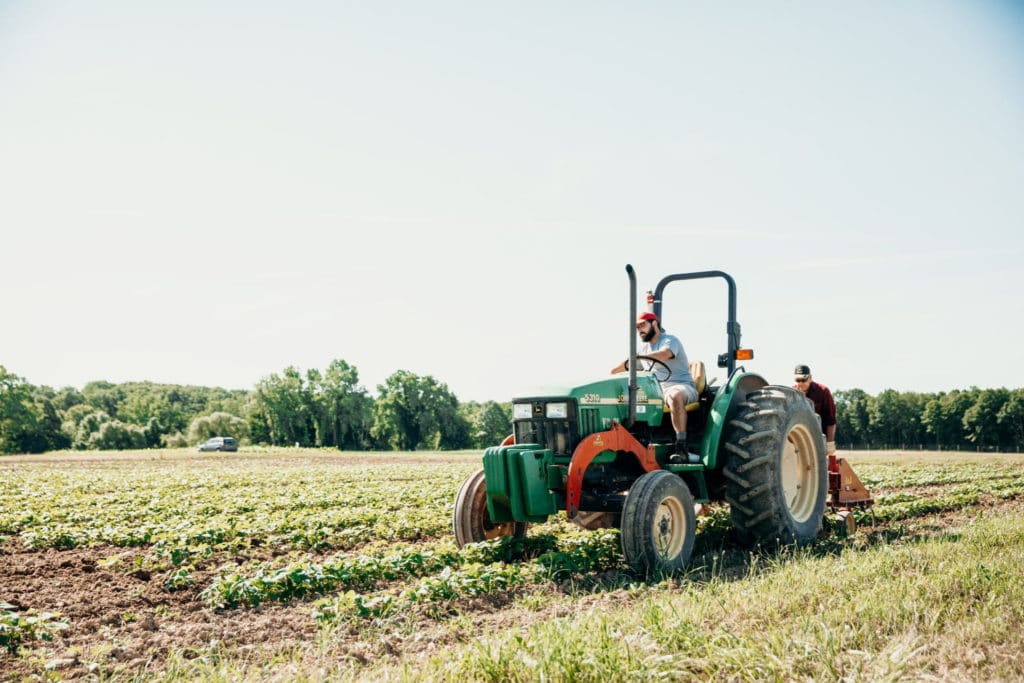Heat or Drought: Which is the Main Driver of Crop Yields in a Changing Climate?
Increasing temperatures and weather volatility are expected to have a substantial impact on crop yields in the coming decades. Adaptable solutions are necessary to ensure the future of food production and of farming as a profitable venture. Whether yield loss will be mainly driven from dry conditions or increased temperatures has, so far, remained uncertain.
In a recent publication, researchers from Cornell University presented their work using decades’ worth of data on crop yields, weather records, and soil moisture readings to construct a statistical yield model for six major crops. The model came to the conclusion that heat stress, more than drought stress, will be the greatest influencer of crop yields in upcoming decades.

Michael Rosato (graduate student) on a tractor at Cornell AgriTech. Justin James Muir / Cornell University
This information is of crucial importance in effectively innovating crop production as we know it in order to feed a growing population in the face of warmer and more volatile climate conditions.
Rising temperatures will lead to an increase in evaporation rates, lessening soil water content to a degree that cannot be offset by a corresponding increase in precipitation. The research team took a nuanced view of how soil moisture affects crop development at different stages of development within a growing season.
“…[W]et conditions and dry conditions have different effects, depending on the crop’s growth stage,” Ariel Ortiz-Bobea, assistant professor of applied economics and management and CoBank/Farm Credit East Sesquicentennial Faculty Fellow in Production Economics and Sustainability, told Cornell CALS. For example, plants are very sensitive to drought stress in the middle of their development, but can benefit from dry conditions nearer to harvest. This information could influence growers to alter their planting dates so that crops are at their most resilient at periods of high stress.
The greatest projected yield losses were found in maize and spring wheat, crops whose production accounts for almost 40 percent of United States cropland. The researchers modeled projections for varying severities of climate change, with forecasted yield losses ranging from 8 percent at the lowest up to 48 percent at the highest.
Research such as this may help us answer the question, as co-author Toby Ault put it: “…[H]ow can we start to envision an agricultural system of the 21st century that is equipped to handle the remarkable shifts in seasonality that might occur?”
Read more about their research on Cornell CALS. Their findings are reported in “Unpacking the Climatic Drivers of U.S. Agricultural Yields,” published May 24 in Environmental Research Letters.

